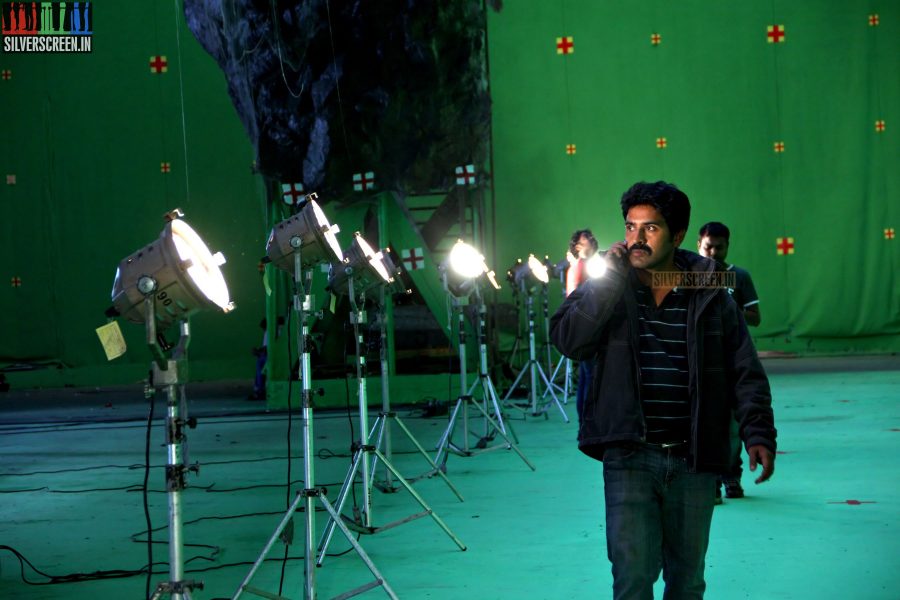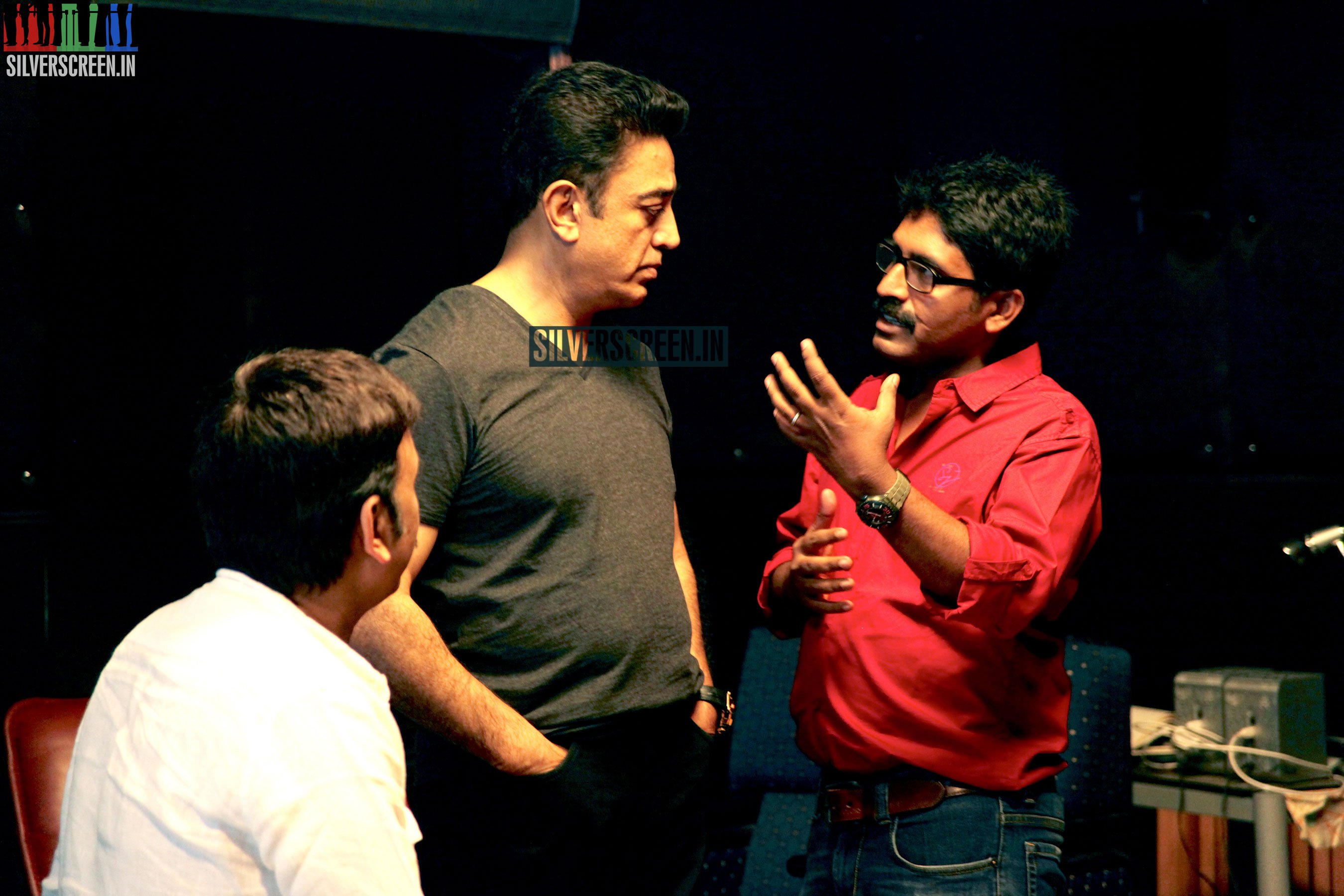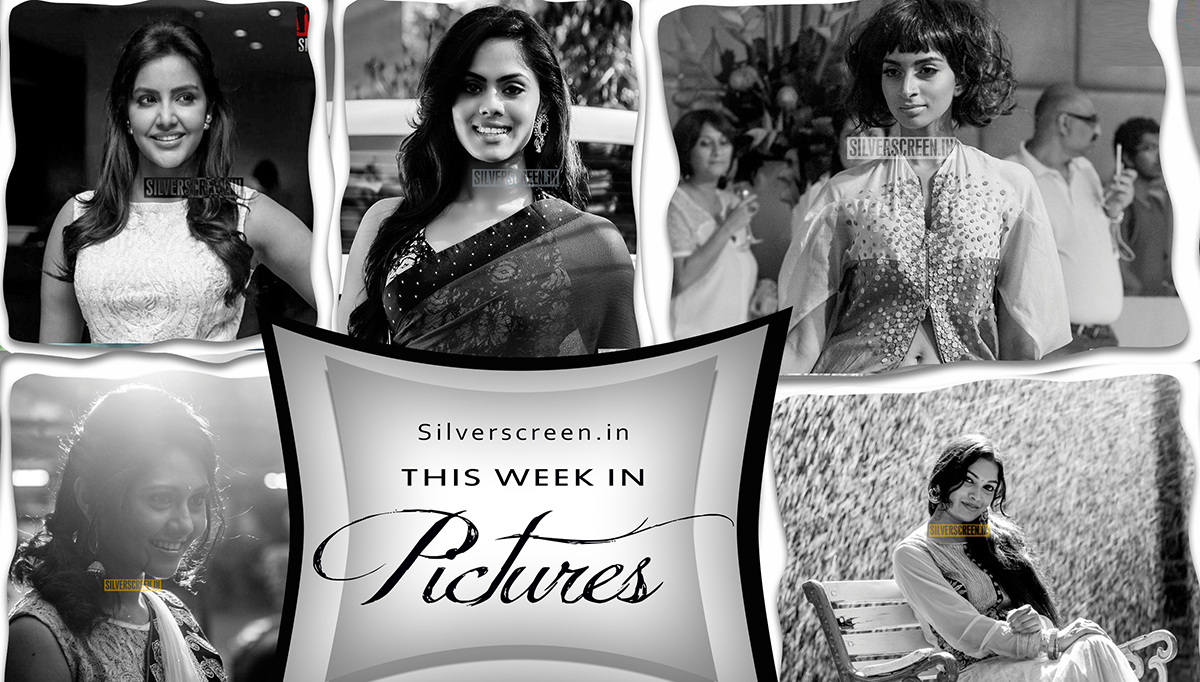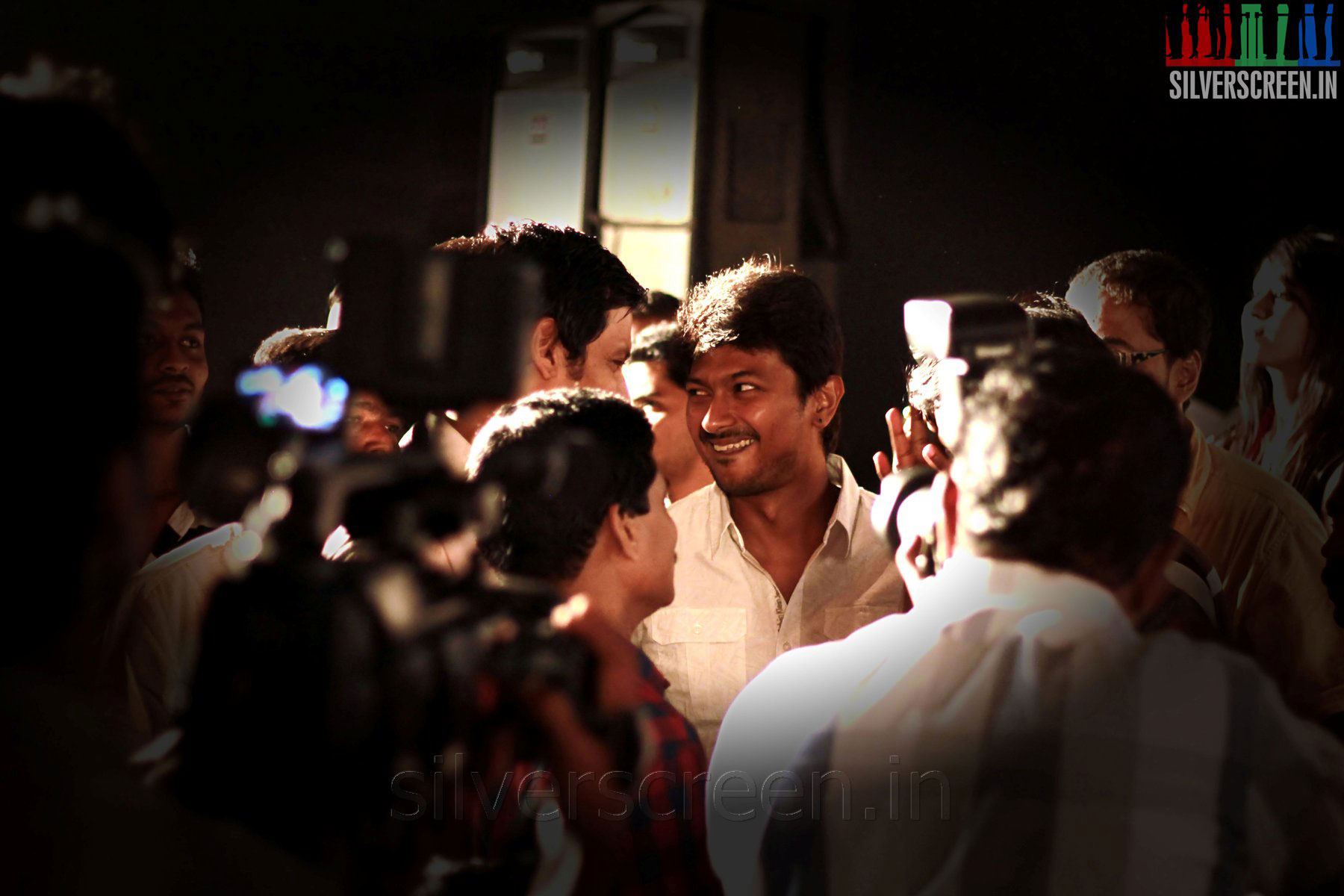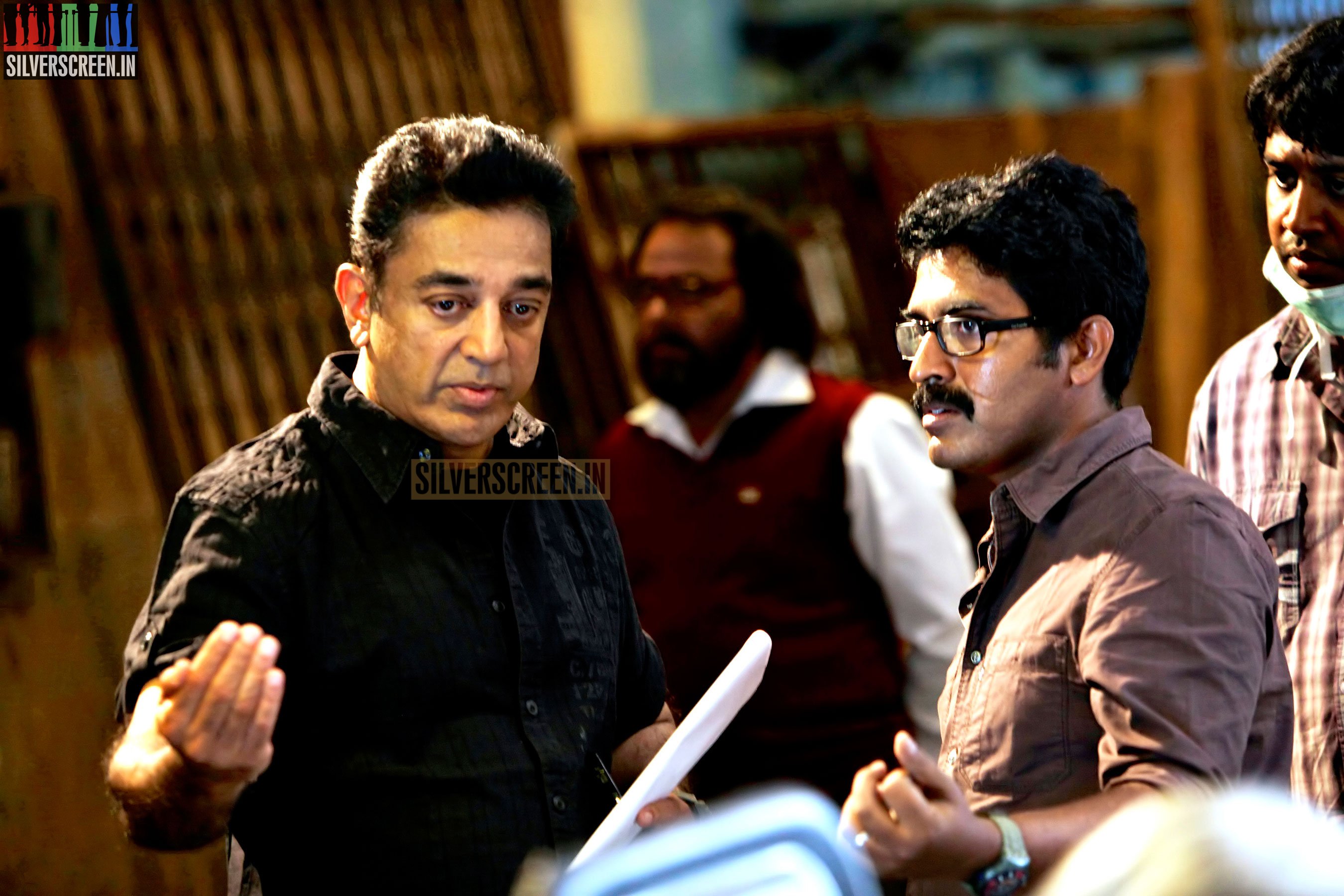 Shamdat is unlike his best-known films. Rithu and Artist are dark works.
Shamdat is unlike his best-known films. Rithu and Artist are dark works.
Of art, no doubt.
But, dark nevertheless.
This Malayali cinematographer though is sunnily disposed. Cheerful, and appreciative of company.
Shamdat is currently working on Kamal Haasan’s Uttama Villain.
*****
On a sunny morning in April, I meet Shamdat Sainudeen at a quiet café within Hotel Clarion, Mylapore. It’s going to be his first day at work, on the sets of Uttama Villain. The next 26 days and nights will be devoted to “grading visuals”, he had said the previous evening. Hint: I would have to catch up with him really soon.
So, we meet that sunny morning (hello, Madras summer) just before he is scheduled to go to the labs. There’s absolutely no trace of stress on his face. “I am an optimist,” he grins as I look questioningly, “everything will fall into place on its own.”
Of course,they have for a long time now.
A self-made man, his ascent has been gradual. And, tough. “I wasn’t particularly good at anything in school. So naturally, I thought cinema would be my saviour,” he says. Then, “you know, I wanted to be an actor…”
That’s another thing about Shamdat. You believe him instantly. He’s forcefully articulate that way.
“At one point, I tried being a still photographer,” he muses thoughtfully, “Then, I briefly worked as a wedding camera man. And, when nothing seemed possible, I was worked as a sound assistant. I have been through numerous rejections, betrayals, failures…”
There’s a tinge of pride that I detect here. After all, he’s “come past all that”.
*****
Uttama Villain is your second film with Kamal Haasan, after Vishwaroopam 2…
Yes. The Vishwaroopam 2 team was searching for a replacement for Sanu John Varughese, who did Vishwaroopam 1. He backed out because he had no dates to spare. Sanu had watched Sahasam, a Telugu action-thriller that I’d worked for, and he recommended me to Kamal Haasan. I grew up watching his (Kamal’s) films… Mahanadhi, Guna, Oru Kaidiyin Kadhai... Uttama Villain is that kind of movie – he’s put his heart into it.
The first thing that you noticed about Kamal Haasan…
…is his genuine love for cinema. His favourite topics of conversation are cinema and life. It’s like listening to an elderly man – he can talk endlessly about his favourite films, people he has come across and experiences he’s had in his long-standing career.
Before we began Viswaroopam 2, Kamal sir told me, ‘This is nothing like those award-winning Malayalam films that you’ve worked on. Vishwaroopam is a pure action entertainer.’ He has a clear idea about the films he does. He knows exactly what he wants and that makes my work easier.
When you talk about work, did you attend a film school to learn cinema?
I joined a film school in south Kerala when I finished school. Before long, I realised that it was just another mediocre institute that eats up fees and gives back nothing. So I decided to use my time reading and learning about still photography.
So film schools aren’t really important?
I wouldn’t say that. But the fact is, camera isn’t a complex instrument to work with. All you need (in order) to be a good cinematographer is a keen eye for detail, observation skills and most importantly, common sense. Learning the techniques of camera isn’t difficult these days – you have a lot of sources available online. You can learn about framing if you closely observe masters’ works.
Your first shot?
It was for a Bollywood short, Snip. I was an assistant cameraman on the movie. I wonder how I managed to do that flawlessly. No one can really teach you the technique of lighting or the art of observing things. It’s a subconscious, inherent thing.
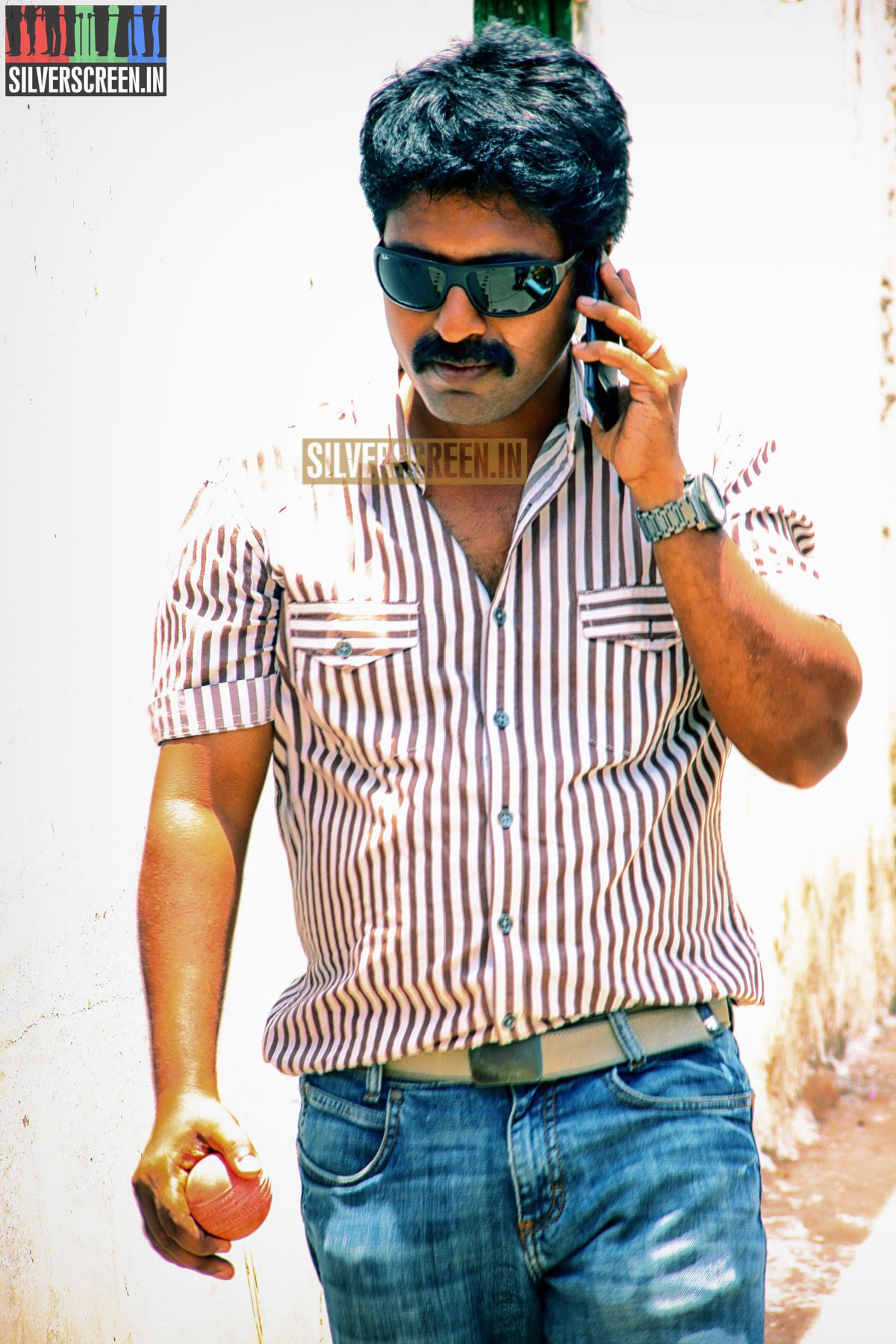 Being Ravi K Chandran’s assistant…
Being Ravi K Chandran’s assistant…
He’s my teacher – my guru. I owe him everything for what I’m now. The opportunity to assist him came by luck. A friend of mine happened to show him a short film that I’d done and he was impressed. He agreed to take me as his assistant. Boy! It sounded too good to be true – I was going through a tough phase then. Soon, I joined the sets of Kandukondein Kandukondein. After that, I went on to work with him on a number of films including Snip, Dil Chahta Hain, Calcutta Mail, Citizen and Punaradhivasam. He is my idol. If you watch his films, you will notice that his style is different in each of them. He keeps updating himself. He is as great a human being as he is a cinematographer – he’s humble, gentle and honest.
A major break in your career?
The ”major break’ will perhaps be Uttama Villain (laughs). My first film as an independent cinematographer was a Telugu commercial film, Premaya Namah. The second was in Malayalam – Krithyam. People began recognising my name after Rithu. Shyamaprasad (director of Rithu) and I share a deep camaraderie. We totally understand each other. That is very important – A cameraman’s primary duty is to follow and understand the director’s visions. Shyamaprasad’s films are like poetry.
Rithu was completed in 26 days. If a director understands his film well, he can wrap it up in a short span of time (including perhaps, 4 songs). Rithu was a great experience. It was something I confidently exhibited to Ravi K Chandran. He asked me if it was shot with a Super35 camera. When I told him it was a Super16, he looked at me a little astonished, and said, “well done !”
The camera work in Rithu was quite unconventional for that time…
Rithu could be regarded as the film which kicked off the current ‘new generation wave’ in the Malayalam film industry. It was about people from IT industry and we wanted to showcase a different, never-seen-before face of Trivandrum.
It was shot in real locations in and around the city. I used a method – of panning the camera between two characters – while they were engaged in a conversation, instead of zooming into their faces. That was possible because the shoot was well-planned. Though most of the scenes, especially the interior ones, seem like they were shot using natural light, I’d actually lit them up extensively.
Malayalam aside, you’ve worked for a Bahrain film too.
Yes. It was only the second movie ever made in Bahrain. The director, Bassam Al Thawadi, has worked with stalwarts like Fellini. He’d initially roped in a French crew, but I came on board when they weren’t available. Bassam had seen one of my short films at an international film festival. The whole movie crew had been rehearsing for a year before the shoot began. The actors needed no prompting and they did not need instructions on how to move and behave in front of the camera. Planning can do wonders.
Also, in the Middle-East, they make films which appear (deceptively) simple. For instance, look at Iranian films. To be honest, making a shot look simple is a tough task.
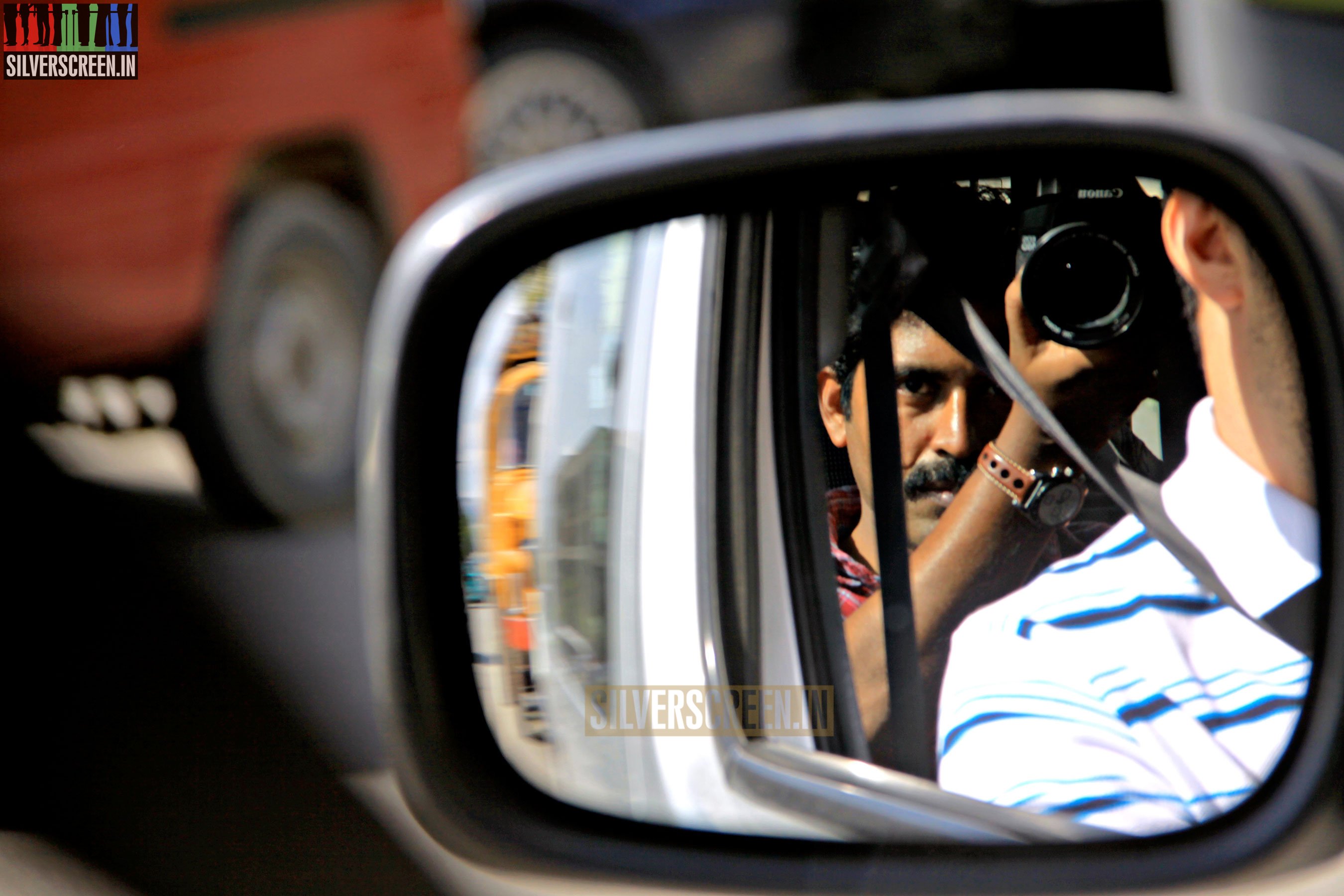 How has the digital camera changed cinematography?
How has the digital camera changed cinematography?
Shooting with film lends a certain cinematic look which is hard to recreate in digital. But most film labs in the country have closed down their operations. Earlier, big film labs were biased against small time cameramen. Now, things have become far easier. The transition to digital has set a level playing field ..almost.
Anyway, the purpose of any new technology is to make work and life easier. Film is dead. So we should move on, and make use of all aspects of digital cinematography.
But with VFX, the final image looks very different from the original shot.
VFX is a great tool. What we lack here are good technicians who know how to utilise it. I don’t deny that many a time, I’ve felt disappointed seeing the final output. But we have to accept the fact that cinematography isn’t just about shooting in real locations. For a film like Uttama Villain, VFX helps in setting the period.
But contrary to what people generally believe, VFX hasn’t made a cameraman’s work easier. In fact, it’s become tougher than what it used to be. When you are shooting in real locations, the visuals are your own. But when you entrust someone else to work on it and add the VFX, you don’t get an assurance on the final output’s quality. Although using green matte has made the actors’ work easier, a cinematographer needs to put in some extra effort – the lighting, camera angle and field of vision have to be perfect for the VFX guys to do their work.
What if the output is a little too glossy?
Every film gets what its story demands. For instance, the recent Malayalam film Iyyobinte Pusthakam by Amal Neerad, had stunning, outlandish visuals. The story was also something like a fantasy – set in a different period. So it deserved glossy camerawork to make it visually stunning. Punaradhivasam, a VK Prakash movie for which I worked as an assistant cameraman, dealt with a very realistic subject. So we used natural lighting and made it look simple. Making things prettier is never a bad thing. Stories can happen anywhere. As a cameraman, I try to make it look convincing and great on screen.
Is there any other role that you play on sets – apart from being a cinematographer?
Often, I have had to double up as an art director on the sets – finding the right property for the frame. Unlike in Bollywood, where there are talented, professional art directors, in regional film industries art direction is undervalued.
Also, there is no point trying to make our films look international; those movies which have neat, disciplined colour schemes. Unlike their counterparts in Western countries, most of our cities, streets and houses don’t have planned architecture. There, you get to shoot a film in neat white and grey during winter season. Here, it’s not possible. Colours are randomly scattered and often, messy. But that’s precisely the identity of Indian localities.
Although I have enjoyed working in both commercial as well as art house films, my favourites are light-hearted movies like 3 Idiots and Anbe Sivam. I think films should inspire people, make them happy. Art house and realistic films, which have self-centred, cynical characters don’t interest me. One of the recent films that I loved was Anjali Menon’s Manjadikkuru. It had a simple, brilliant story and was beautifully shot too.
…and a filmmaker?
Anyone can make film, but not everyone can be good filmmakers. In India, I would say Vishal Bhardwaj is the best director we have. I like his sensibilities. Besides being a brilliant director, he’s a music director too. That helps during the process of film making. His Omkara is one of my most favourite films. Mani Ratnam is another director who knows his craft well.
How difficult it is for a technician to survive in the industry?
Recommended
It’s very important to keep tabs on the changing trends in cinematography. I depend on the internet for that. True, competition in this field is fierce. But even in a buffet of a hundred items, you’ll definitely have that one favourite item. So if you are talented and have something distinct to offer, you will never run out of work.
In the distant future?
I try not to worry about what’s coming. I was never a voracious reader in the past. But now I am into reading, writing… Soon, I will be directing my first film. I’ve already finished writing two scripts and one of them is a light-hearted, romantic story. Life is full of surprises. I’m enjoying the unpredictability of it all.
*****
The Shamdat Sainudeen interview is a Silverscreen exclusive.
